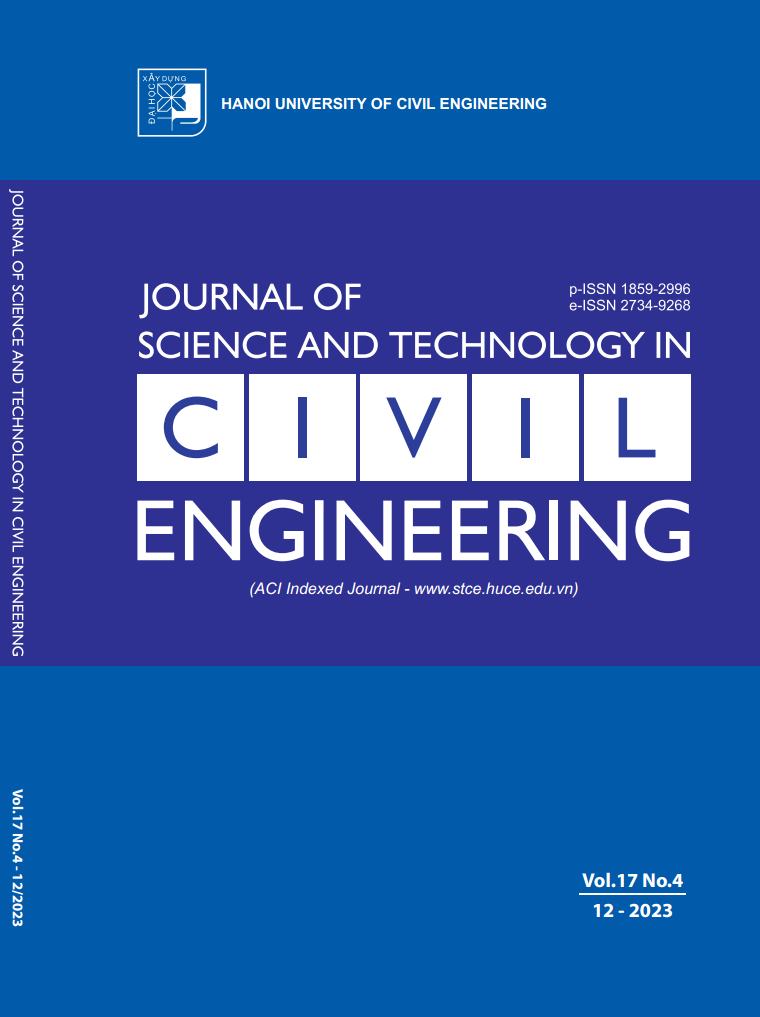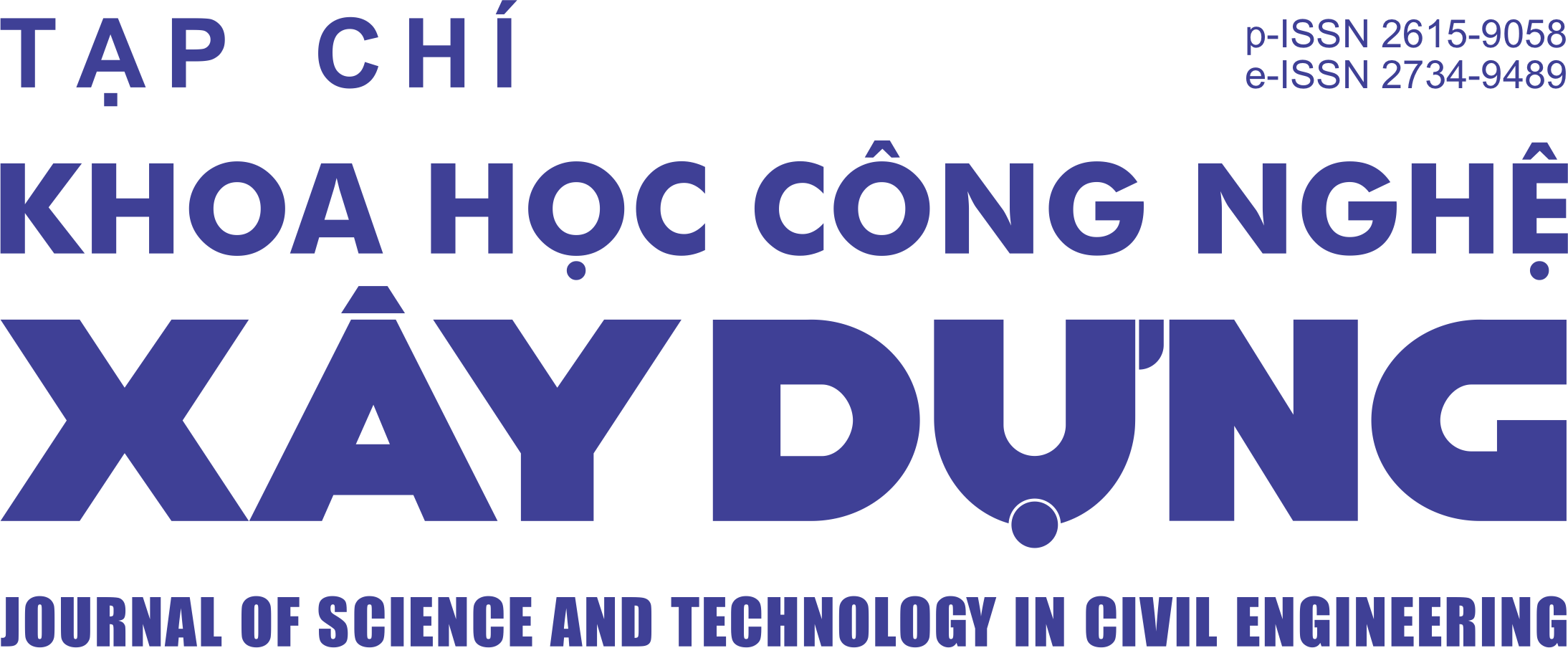Application of the bayesian model averaging algorithm in evaluating and selecting optimal salinity prediction models
Abstract
Salinity intrusion poses significant challenges to coastal regions worldwide. Reliable salinity prediction models can provide valuable information to mitigate the impact and influence of salinity intrusion. However, their accuracy relies mainly on the selected input variables and used optimal models. This study employs the Bayesian
Model Averaging (BMA) algorithm to evaluate input variable importance and select the most reliable salinity
prediction model. Based on an analysis of observed salinity data and climate data extracted from Landsat 8 OLI in the Google Earth Engine platform, the BMA algorithm identifies the significance of critical variables and
optimal salinity prediction models. Various statistical metrics, including R-squared, Root Mean Square Error (RMSE), and Mean Absolute Error (MAE) from the Random Forest method, were used to verify the performance of these optimal salinity prediction models. These obtained results offer foundational knowledge and valuable insights for future studies in determining appropriate input variables and selecting the best optimal
salinity prediction model.
Downloads
Copyright (c) 2023 Hanoi University of Civil Engineering

This work is licensed under a Creative Commons Attribution-NonCommercial-NoDerivatives 4.0 International License.
1. The Author assigns all copyright in and to the article (the Work) to the Journal of Science and Technology in Civil Engineering (JSTCE) – Hanoi University of Civil Engineering (HUCE), including the right to publish, republish, transmit, sell and distribute the Work in whole or in part in electronic and print editions of the Journal, in all media of expression now known or later developed.
2. By this assignment of copyright to the JSTCE, reproduction, posting, transmission, distribution or other use of the Work in whole or in part in any medium by the Author requires a full citation to the Journal, suitable in form and content as follows: title of article, authors’ names, journal title, volume, issue, year, copyright owner as specified in the Journal, DOI number. Links to the final article published on the website of the Journal are encouraged.
3. The Author and the company/employer agree that any and all copies of the final published version of the Work or any part thereof distributed or posted by them in print or electronic format as permitted herein will include the notice of copyright as stipulated in the Journal and a full citation to the Journal as published on the website.







